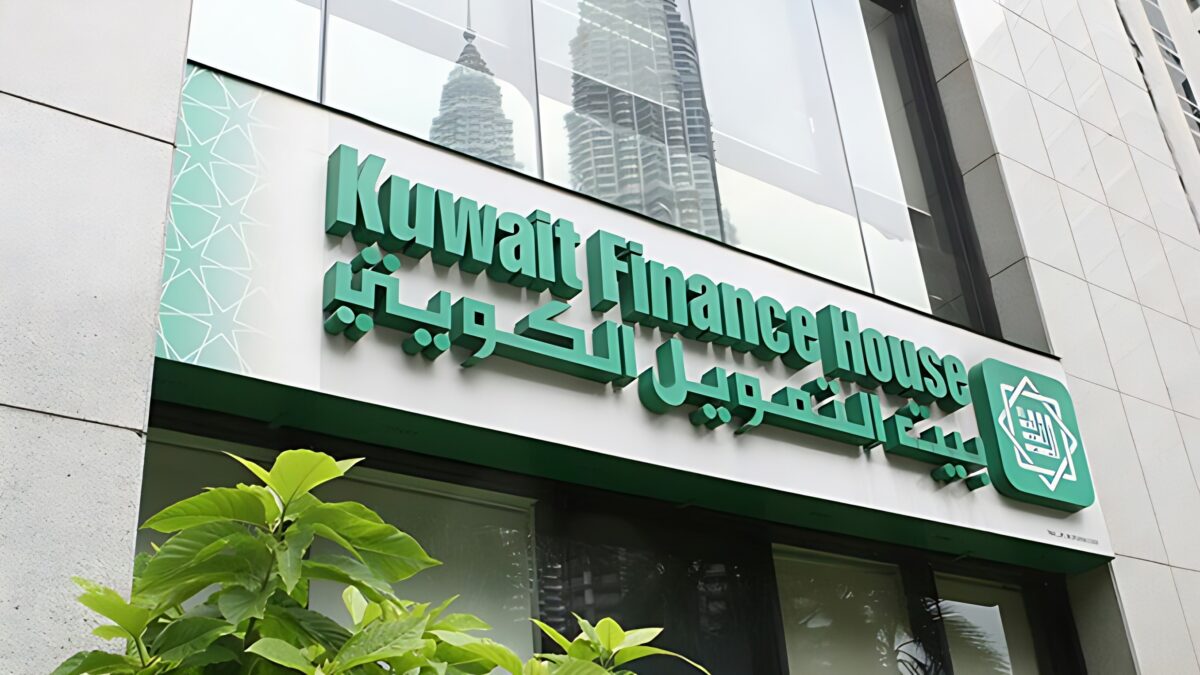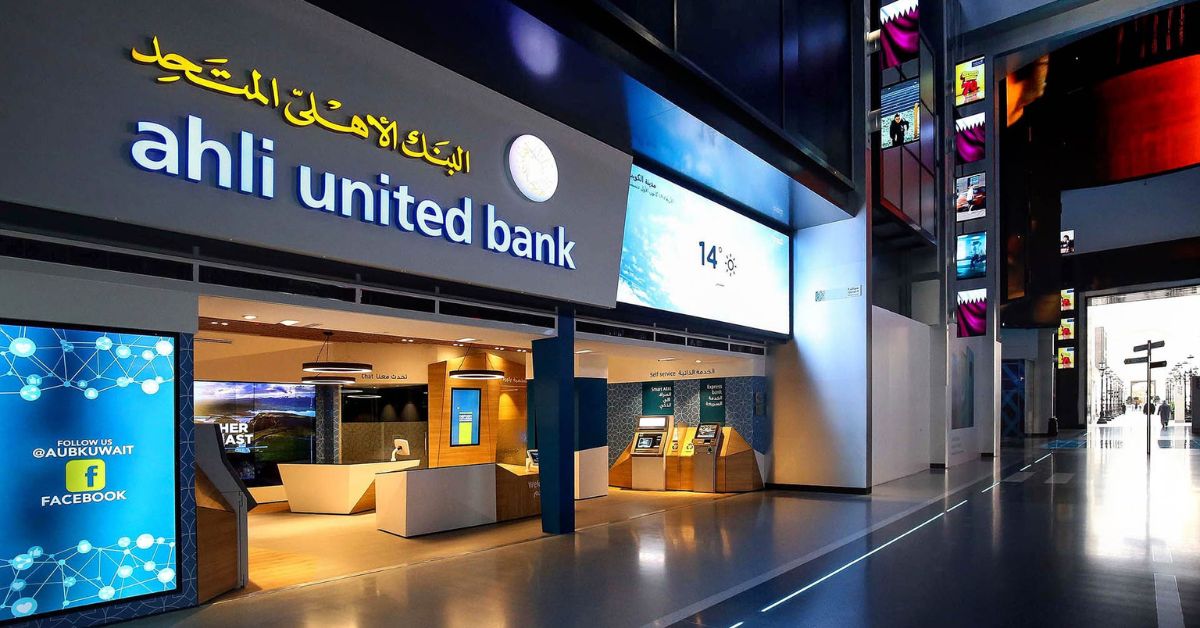RIYADH — GCC countries, particularly Saudi Arabia and Kuwait, have fostered the growth of the Islamic banking sector.
In Kuwait, Kuwait Finance House acquired Ahli United Bank. In Saudi Arabia, the rollout of Vision 2030 projects and sustained growth in real estate lending bolstered the sector’s performance over the past year, as per S&P Global Ratings.
The report also forecasts a 5 percent growth in the remaining GCC countries, which seems plausible without significant government investments.
Challenges
The Islamic finance sector grapples with two primary challenges that limit its expansion beyond traditional regions: the intricacy of its transactions and its demand for global standards, as noted by an S&P Global Ratings report.
The report points out that structural weaknesses and significant complexities tied to the procedures for issuing Islamic sukuks diminish the sector’s appeal, shifting focus away from leveraging the sukuk market outside its conventional regions.
At a Glance GCC's Islamic Banking Growth * Saudi Arabia and Kuwait lead in fostering Islamic banking growth. * Kuwait Finance House's acquisition of Ahli United Bank. * Saudi Arabia's Vision 2030 projects and real estate lending growth as key drivers. Growth Forecast * 5% growth predicted for other GCC countries. * Islamic Finance sector's valuation: US$3 trillion. * Expected growth rate: 10% in 2023 and 2024. Challenges in Islamic Finance * Complexity of transactions. * Demand for global standards. * Structural weaknesses in issuing Islamic sukuks. * 90% of 2022's asset growth from Saudi Arabia and Kuwait. * Gulf countries and Malaysia hold a major share of the sukuk market. Opportunities Ahead * Streamlining products and operations using financial technology. * Green financing as a new avenue. * Simplification and digitalization of sukuk issuance for growth. * Sustainable finance momentum as a growth driver. * Anticipated rise in sustainability-related sukuk for energy transformation projects. Sukuk Issuance Predictions * Decline expected in 2023, but at a slower rate than 2022. * Issuance volume to exceed current bonds in circulation. * Global issuance in 2023 estimated between US$ 160 billion and US$ 170 billion. Global Initiatives & Islamic Finance * Upcoming COP28 in UAE to emphasize Islamic finance's role in climate change. Economic Diversification & Islamic Banking * Favorable oil prices and diversification plans to boost Islamic banks. * Sharia-compliant banks' profitability to exceed traditional banks till 2024. * Economic growth in GCC countries ensures stability in Islamic banks' assets. * Islamic banks' asset growth to outpace traditional banks. * Saudi Arabia's Islamic banks' market share: 83% (March 2023). * Bahrain's Islamic banks' market share: 69% (March 2023). * Growth potential in UAE (28%), Qatar (31%), and Oman (19%).
Another hurdle, as highlighted by the report, is the Islamic finance industry’s reliance on local sectors rather than a globalized one. Ninety percent of the sector’s asset growth in 2022 was propelled by two countries: Saudi Arabia and Kuwait. Similarly, Gulf countries and Malaysia dominate a significant share of the sukuk market.
Conversely, the sector has two opportunities to counterbalance its challenges and maintain growth: streamlining its products and operations by harnessing financial technology and tapping into green financing opportunities.
The report emphasizes that simplifying products and processes and essential digital sukuk issuance are crucial for ongoing growth in the sector. Bridging the financial and digital aspects can pave the way for new markets, based on the report’s findings.
S&P Global Ratings anticipates the Islamic Finance sector, valued at US$3 trillion, to persist in its advancement, projecting a growth rate of 10 percent in 2023 and 2024, mirroring 2022.
Given decreased global liquidity and a drop in financing demand due to a budget surplus driven by rising oil prices, S&P Global Ratings predicts a continued decline in sukuk issuance throughout 2023, though at a slower pace than the previous year. However, the volume of the offerings will surpass the current bonds in circulation.
S&P Global anticipates that the total global issuance of Islamic Sukuk in 2023 will range between US$ 160 billion and US$ 170 billion. This projection exceeds the company’s initial estimate of US$ 150 billion but falls short of the 2022 figure.
The report highlights that the current momentum in sustainable finance offers a significant opportunity for the Islamic finance sector. This trend could be a major growth driver, especially given the commitment of Islamic finance nations to reduce their carbon footprint and support the global energy transition. The report anticipates a surge in sustainability-related sukuk in the upcoming period to cater to investor demand in energy transformation projects.
The report also notes that the upcoming United Nations Climate Change Conference (COP28) in the UAE could spotlight the role of Islamic finance in addressing climate change challenges.

Diversification boosts sector
A separate report from Moody’s affirms that favorable oil prices and aggressive economic diversification plans will bolster the business activities of Islamic banks in the GCC over the next 12 to 18 months.
The report projects that the profitability of Sharia-compliant banks in the region will continue to outpace traditional banks into 2024. This is largely because the economic growth of GCC countries bolsters the stability of these banks’ asset quality. Additionally, their robust liquidity positions enable them to capitalize on the rising demand for financial services.
Islamic banks’ asset growth will surpass that of traditional banks as regional governments increasingly back and promote Islamic finance products. Additionally, the robust demand for Sharia-compliant products will propel the expansion of Islamic banking assets.
Meanwhile, Saudi Arabia is poised to spearhead this growth. As of March 2023, Islamic banks held an average market share of 83 percent in Saudi Arabia and 69 percent in Bahrain.
There’s substantial room for growth in the UAE, where their market share is only 28 percent, followed by Qatar at 31 percent, and Oman at 19 percent.








